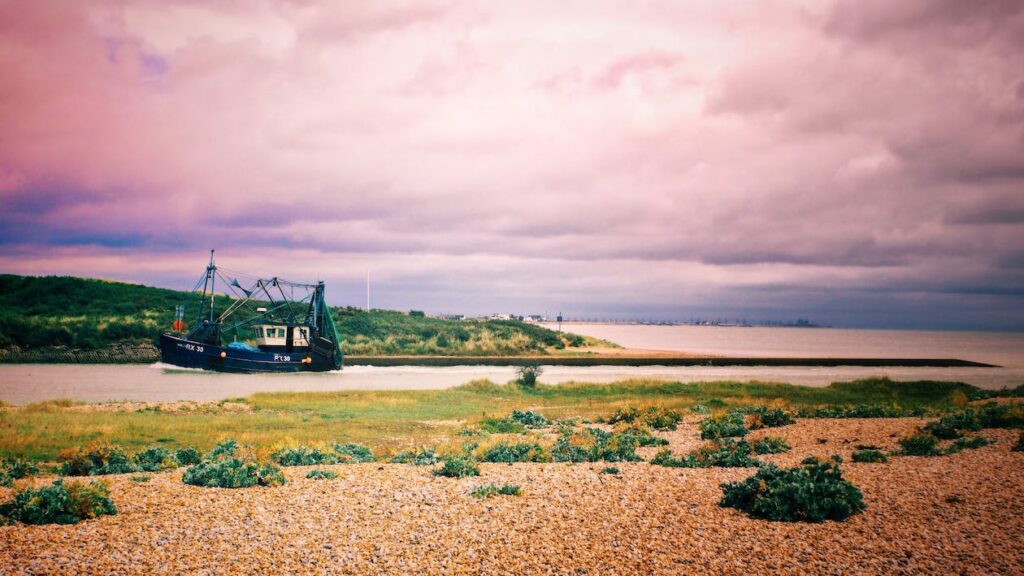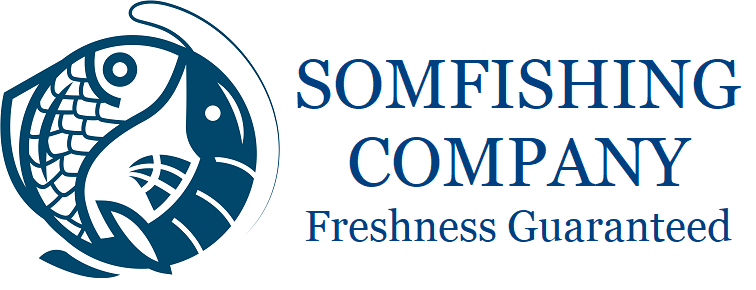Sustainability Fishing
The Richness of Somali Waters
Somalia has the longest coastline in the African Continent at 3,330 Kilometers. It is also is geographically positioned in a favorable region in the world, with the Gulf of Aden to the North and the Indian Ocean to the east.
Every single year, Somali waters receive millions of tons of migratory fish species, creating one of the most profitable fishing grounds in Africa.
In addition, the country has over 10,000 km2 of inland water area with two permanent rivers, the Juba and the Shebelle, which renders a great aquaculture potential.

Illegal Fishing in Somali Waters
Unfortunately, for over more than 30 years, Somali’s bountiful marine wilderness has also been a source and site of conflict, as foreign illegal, unreported, and unregulated (IUU) fishing vessels have plundered our waters – stealing our fish and selling their catches at distant ports.
A new report by the group Securing Somali Fisheries shows that foreign fleets have contributed to overfishing our swordfish, snapper, marlin, and shark populations.
Foreign bottom trawlers have fished recklessly and acted with impunity, dragging heavy nets, razing the bottom of our seafloor, and damaging an astounding 120,000 square kilometers (46,000 square miles) of important marine habitat.
The Government's Steps Towards Sustainability
In June 2014, my government laid claim to Somalia’s 200-nautical-mile exclusive economic zone (EEZ), in line with the United Nations Convention on the Law of the Sea.
It also passed the Somali Fisheries Law, which explicitly outlaws bottom trawling.
The Fisheries Law also mandates improved monitoring, ecosystem-based approaches to management, protection of threatened and endangered species, and total allowable catches based on optimum sustainable yield.
However, sustainability cannot be achieved through legislative tools alone.
Our Part in Sustainable Fishing
At Somfishing Company, we endeavor to find ways to ensure that we are fishing in a sustainable way. To do so, we have three main parts we focus on:
1. Knowledge sharing:
We seek to identify underused resources and sharing with our business partners. By creating a shared set of knowledge about the resource, we are providing a foundation for improved
stakeholder partnerships, data sharing, and transparency.
2. Coordination with the government of Somalia
We are coordinating with different government stakeholders between in support of a unified Federal Somali Fisheries Authority. This will ensure that fishing is reported to avoid illegal fishing and thus help to sustain Somali fishing grounds.
3. Fishing sustainable types of fish.
In the report by Securing Somali Fisheries our fish products Bigeye Tuna, Yellowfin Tuna, and LongTail Tuna, to name a few are present in sustainable levels. As a result, we are helping to reduce endangered fish species by focusing more and more on sustainable fish as the fish stocks recover.

